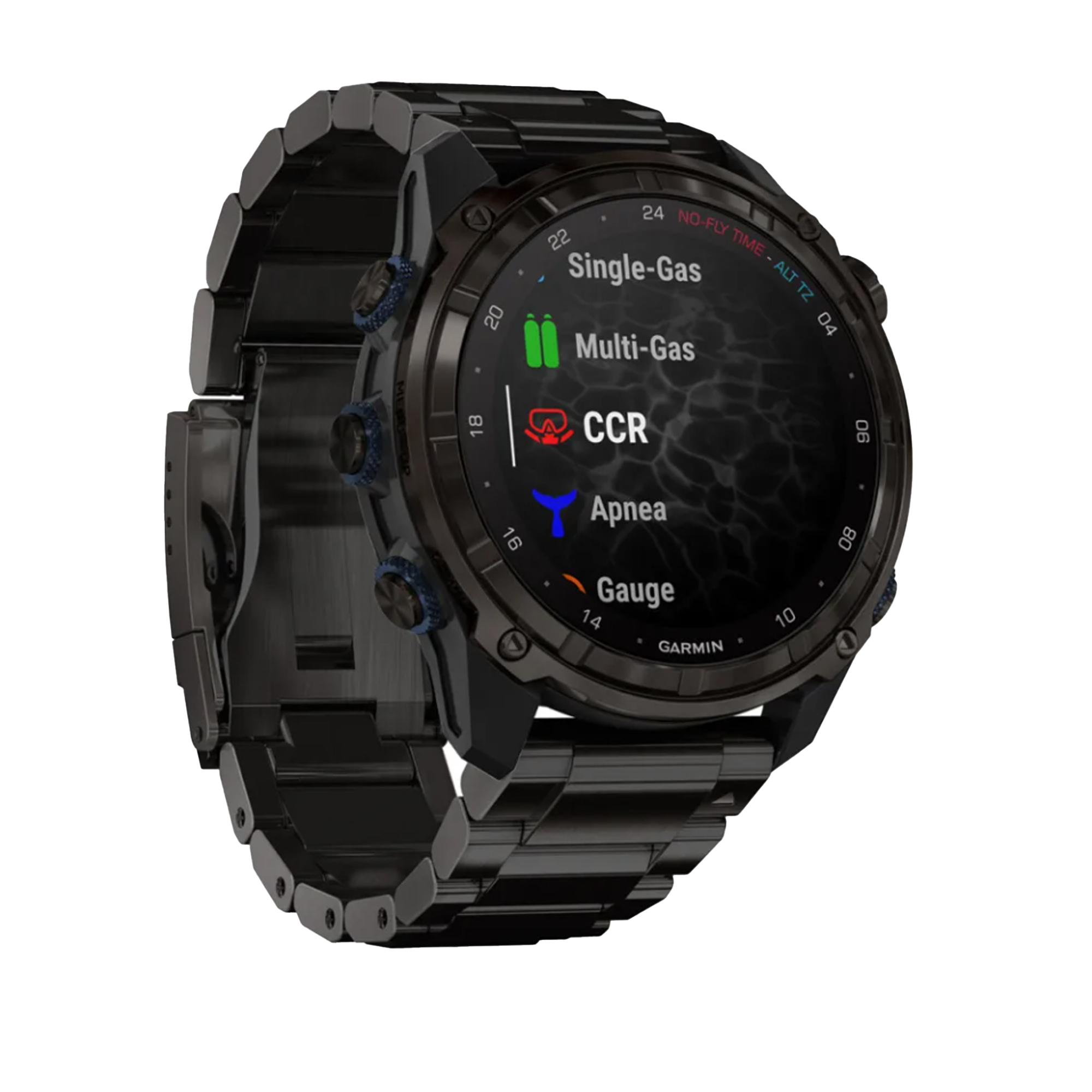Navigation
A dive finger or jump spool is the most compact way of carrying a guideline. A finger spool makes deploying a delayed surface marker buoy (DSMB) very easy as there is no way for line to get caught in any sort of mechanism. Jump spools are also useful for make jumps and gaps in caves. They are also a handy way of mapping a dive site as they are quick to deploy and re-stow.
If you're looking for a dive reel, please see Dive Reels.
Tech Tip:
Finger Spools Are Not Guideline Reels
The skills required to deploy a finger spool are different than those required to use a typical guideline reel. At first glance the simple spool looks easier, but compared to guideline reels the finger spool requires specific techniques for successful use. If this is your first finger spool then seek advice, get a demonstration, and most importantly you should practice under controlled conditions.
A common usage mistake is rewinding a finger spool in a manner that applies a lot of tension to the line, such as when hanging under a lift bag, causing the line to be very tightly wound on to the spool. Upon re-use the line doesn't smoothly unwind and sticks, causing the entire spool to be jerked out of the fingers or disappear with the lift bag.
Another consideration is the method used to rewind the line on to the spool. Hold the line loosely and use the spool to take up the line; if you hold the spool in a fixed position some wrapping motions with your hand will put a 'twist' in the line with each wrap around the spool. Depending on how you later unspool, you might wind up with a tangled mess of line (aka 'birds nest') if you hold the line in your hand while it unspools.
Although your finger spool is not a guideline reel the basic care is very similar. You should rinse your finger spool with fresh water following each dive. We recommend pulling some or all of the line off the spool before each dive, then rewinding it neatly but not too tightly, so as to help prevent problems during line deployment. If the line on your finger spool is new or very dry, we recommend pulling the line off into a bucket of water. This will moisten the line, precluding it from swelling on the spool and causing further issues or damaging the spool.
Finally, too much line on the spool can cause tangles during initial deployment, if you are having a consistent problem deploying your finger spool try removing a few metres of line.
Sea Bird
![]() Wreck Dive |
Wreck Dive | ![]() Boat access
Boat access
![]()
![]()
![]()
Wooden Three-Masted Barquentine | Max Depth: 11 m (36 ft)
Level: Open Water and beyond.
The Sea Bird (aka Seabird) shipwreck lies at the south-western end of Port Phillip, near the West Channel Lightship.
Sea Bird Shipwreck History — Built in 1864
The Sea Bird was a wooden three-masted barquentine, of 354 l-ton (360 t), built 1864, at Bath, Maine, USA, on a length of 130 ft (40 m), breadth of 28 ft (8.53 m) and a depth of 11 ft (3.35 m). The vessel was carvel built with an elliptical stern, being registered in Melbourne at the time of its loss to owner R.R. Fullerton, Master Mariner of Wellington, New Zealand.Sea Bird Sinking — 19 June 1867
On its final voyage the Sea Bird was inward bound to Melbourne from Newcastle, with 460 tons of coal, under the command of Captain Evans. On proceeding up the West Channel the Sea Bird ran ashore at about 1:40 p.m. on 19 June 1867, at the northern end of the Western Bank. Initial thoughts were that the vessel could come off the sand with the next rising tide.
Despite attempts by crew and steamers Pharos, Black Eagle and Resolute, efforts to refloat Sea Bird failed.
See also, Heritage Council Victoria: Sea Bird, and
Australian National Shipwreck Database: Sea Bird.
Heritage Warning: Any shipwreck or shipwreck relic that is 75 years or older is protected by legislation. Other items of maritime heritage 75 years or older are also protected by legislation. Activities such as digging for bottles, coins or other artefacts that involve the disturbance of archaeological sites may be in breach of the legislation, and penalties may apply. The legislation requires the mandatory reporting to Heritage Victoria as soon as practicable of any archaeological site that is identified. See Maritime heritage. Anyone with information about looting or stolen artefacts should call Heritage Victoria on (03) 7022 6390, or send an email to heritage.victoria@delwp.vic.gov.au.
Traditional Owners — This dive site is in the traditional Country of the Wathaurong (Wadda-Warrung) people of the Kulin Nation. This truly ancient Country includes the coastline of Port Phillip, from the Werribee River in the north-east, the Bellarine Peninsula, and down to Cape Otway in the south-west. We wish to acknowledge the Wathaurong as Traditional Owners. We pay respect to their Ancestors and their Elders, past, present and emerging. We acknowledge Bunjil the Creator Spirit of this beautiful land, who travels as an eagle, and Waarn, who protects the waterways and travels as a crow, and thank them for continuing to watch over this Country today and beyond.
Sea Bird Location Map
Latitude: 38° 12.100′ S (38.201667° S / 38° 12′ 6″ S)
Longitude: 144° 44.833′ E (144.747217° E / 144° 44′ 49.98″ E)
Datum: WGS84 |
Google Map
Added: 2012-07-22 09:00:00 GMT, Last updated: 2022-04-27 21:12:38 GMT
Source: GPS
Nearest Neighbour: West Channel Pile Light, 1,162 m, bearing 45°, NE
Wooden Three-Masted Barquentine.
Built: 1864.
Sunk: 19 June 1867.
West Channel, Port Phillip.
Depth: 11 m.
[ Top ]
DISCLAIMER: No claim is made by The Scuba Doctor as to the accuracy of the dive site coordinates listed here. Should anyone decide to use these GPS marks to locate and dive on a site, they do so entirely at their own risk. Always verify against other sources.
The marks come from numerous sources including commercial operators, independent dive clubs, reference works, and active divers. Some are known to be accurate, while others may not be. Some GPS marks may even have come from maps using the AGD66 datum, and thus may need be converted to the WGS84 datum. To distinguish between the possible accuracy of the dive site marks, we've tried to give each mark a source of GPS, Google Earth, or unknown.
Copyright © 2005-2022 by The Scuba Doctor Australia, ABN 88 116 755 170. All rights reserved.
tel. +61 3 5985 1700 :: email. diveshop@scubadoctor.com.au :: Web site by it'sTechnical 2022


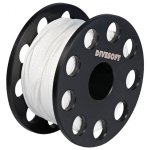
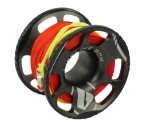
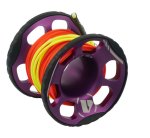

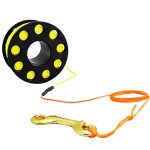
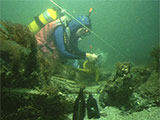
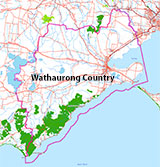

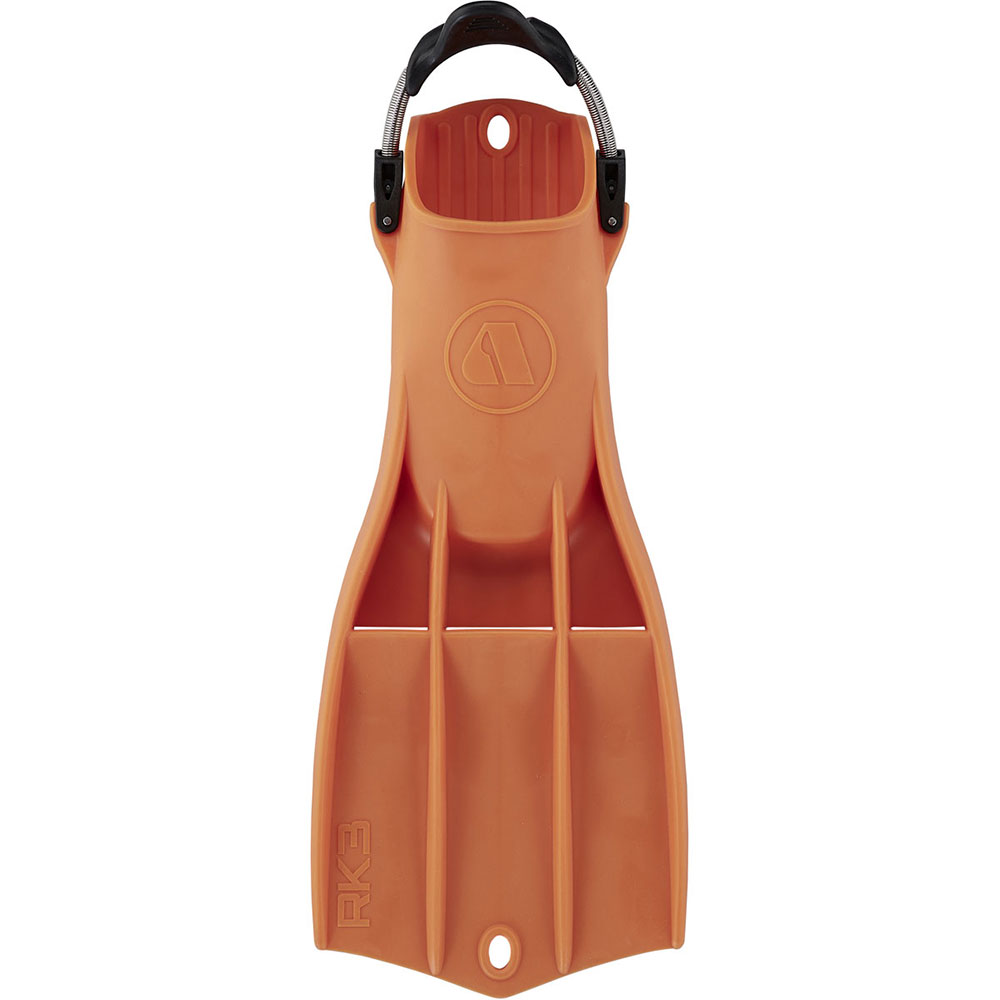
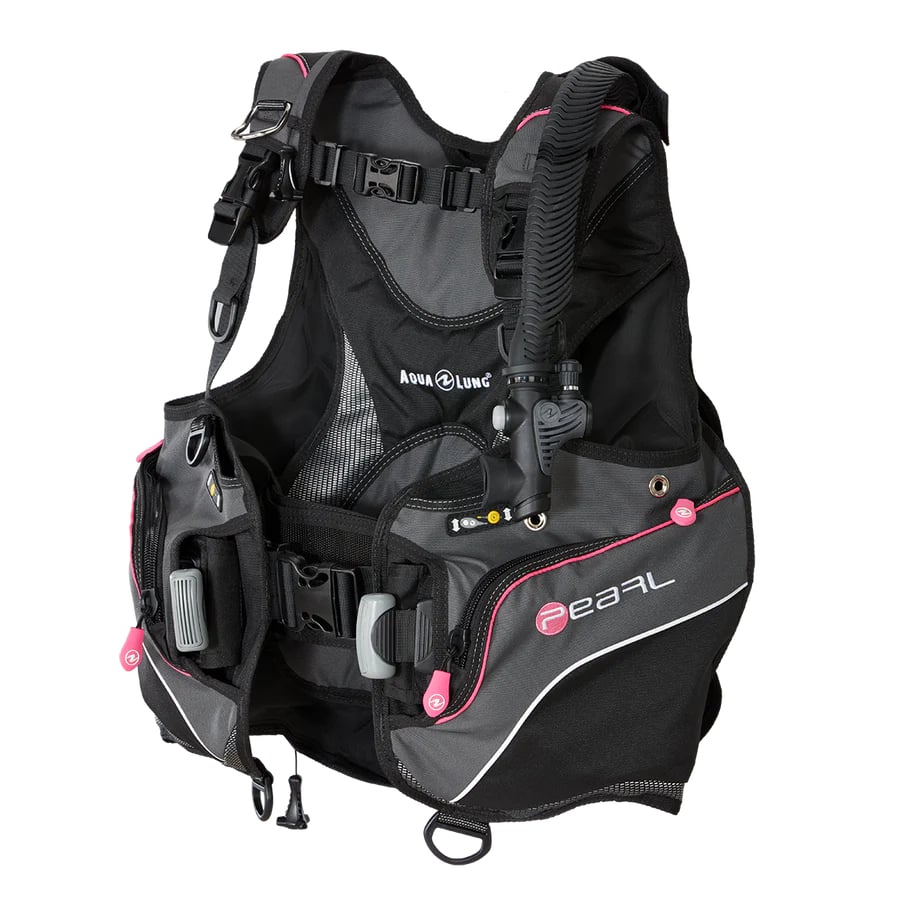









![Halcyon Infinity 30lb System [SS Small Backplate] Halcyon Infinity 30lb System [SS Small Backplate]](/diveshop/images/halcyon/Halcyon-Evolve-Wing.jpg)



